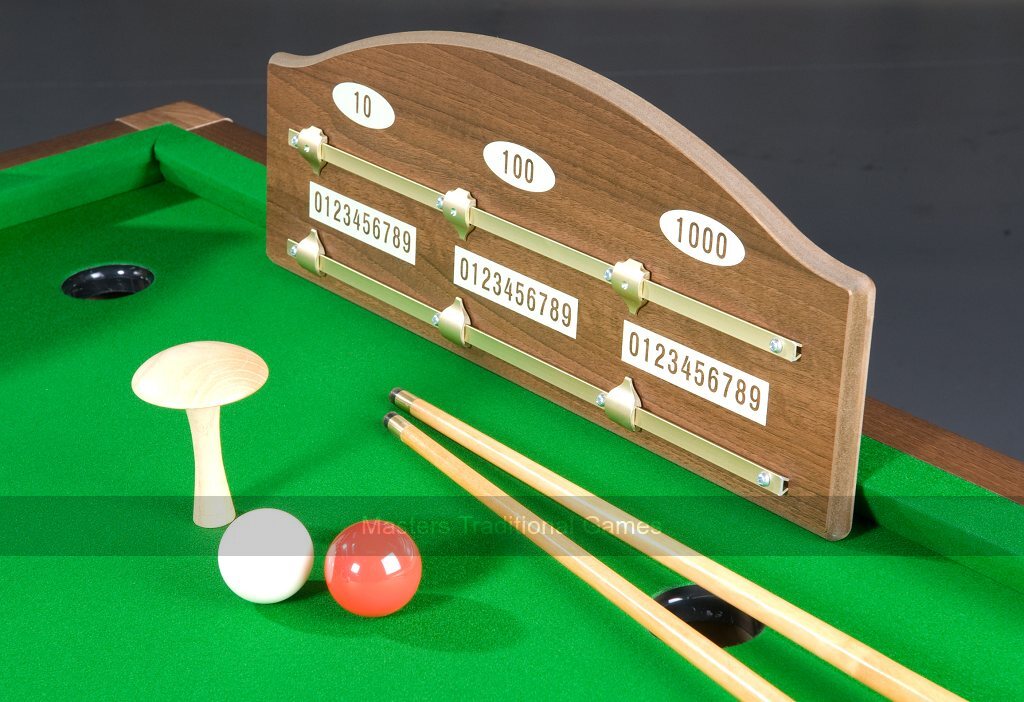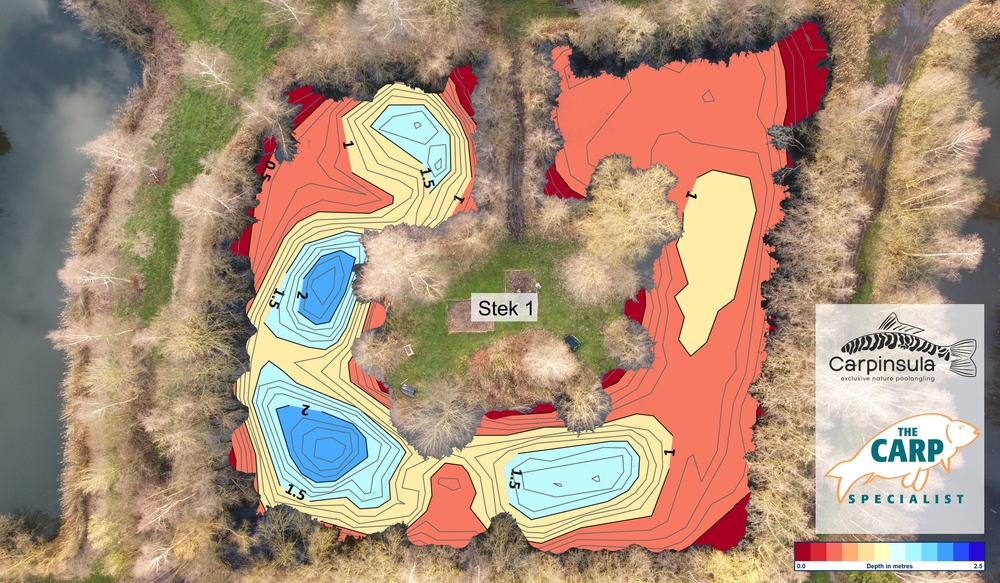
There are many options for making snooker ball from different materials. These balls are available in a variety of colors and are generally smaller than pool balls. They also use lighter tips and smaller cues. Similar rules and table size allow you to use the same cue. These are some considerations if you own a table and wish to play snooker.
Snooker pool balls come in a variety of colors
There are many differences in the colors of snooker pool balls. While some colors complement and are neutral, others stand out. Blue and yellow pool ball colors complement one another, for instance. Other pool balls are designed to make the table look unique. You can buy a set Ultraviolet or Granite balls to bring a little class to your table.
Although most pool balls are made of solid red, snooker uses many different colors. These can come in different colors such as blue, yellow, green and brown. The cueball itself is white. There are also striped balls.
Materials used to create snooker balls
There are many materials used in making snooker ball. Originally, they were made of wood, which was cheap and easily available everywhere. The material was not durable and easily changed in shape. There were alternative materials that could replace wood. Ivory was used to make the ball in the nineteenth century. The ivory balls were very expensive and could only be used four times per elephant.

The materials used to make snooker pool balls evolved over the centuries. Wood was an easy material to work, and it was why it was first used. Europeans developed a taste for new materials over time and started to experiment with them. In the seventeenth-century, pool balls were made using elephant tusks.
Dimensions of a snooker table
Snooker table are larger than pool tables but have more accessories and features. The surface must be level and the players must be capable of controlling the ball. The playing surface is made up of a cloth. This can be either made of wool or nylon. Both these materials are very expensive, but can last many years. The size of your table is important, as well the materials used.
There are three types of snooker table sizes. WPA tables have wide, angular pockets. WEPF tables have smaller pockets. The opening of the pocket on a WPA table is between two and three times wider than the diameter of a standard snooker ball. The WEPF table uses balls two to two+1/4 inches (51–54 mm), while WPA standard tables use smaller balls.
Rules for snooker pools games
There are many rules and regulations to snooker. You must score more points than your opponent. You can do this by getting your opponent to foul or potting balls. To determine who wins the game, flip a coin. Each player places their cueball anywhere within the D shape. The goal is to make the red ball, which is the highest scoring ball in the game, into the pocket.
If the cue ball touches a ball that cannot be on, it is a foul. If the cueball touches another ball, the player must immediately move away from the ball. This is true even if another player has nominated a ball.

Snooker pool balls available
Snooker is a form of pool that requires the use of snooker balls. Each snooker set comes with twenty-two ball, which include a rack that contains fifteen red balls, six of the red balls at predetermined points, and a white cueball. Many balls have a number to indicate their point values. There are two main styles for snooker balls, the English style or the Aramith.
Snooker pool balls are available in a variety of materials. The earliest balls were made of wood because it was cheap to produce. Europeans started to prefer exotic materials and began using ivory. In 17th-century Europe, ivory had become the preferred material for making pool balls. However, as elephants' tusks eventually became endangered, manufacturers started looking for other materials.